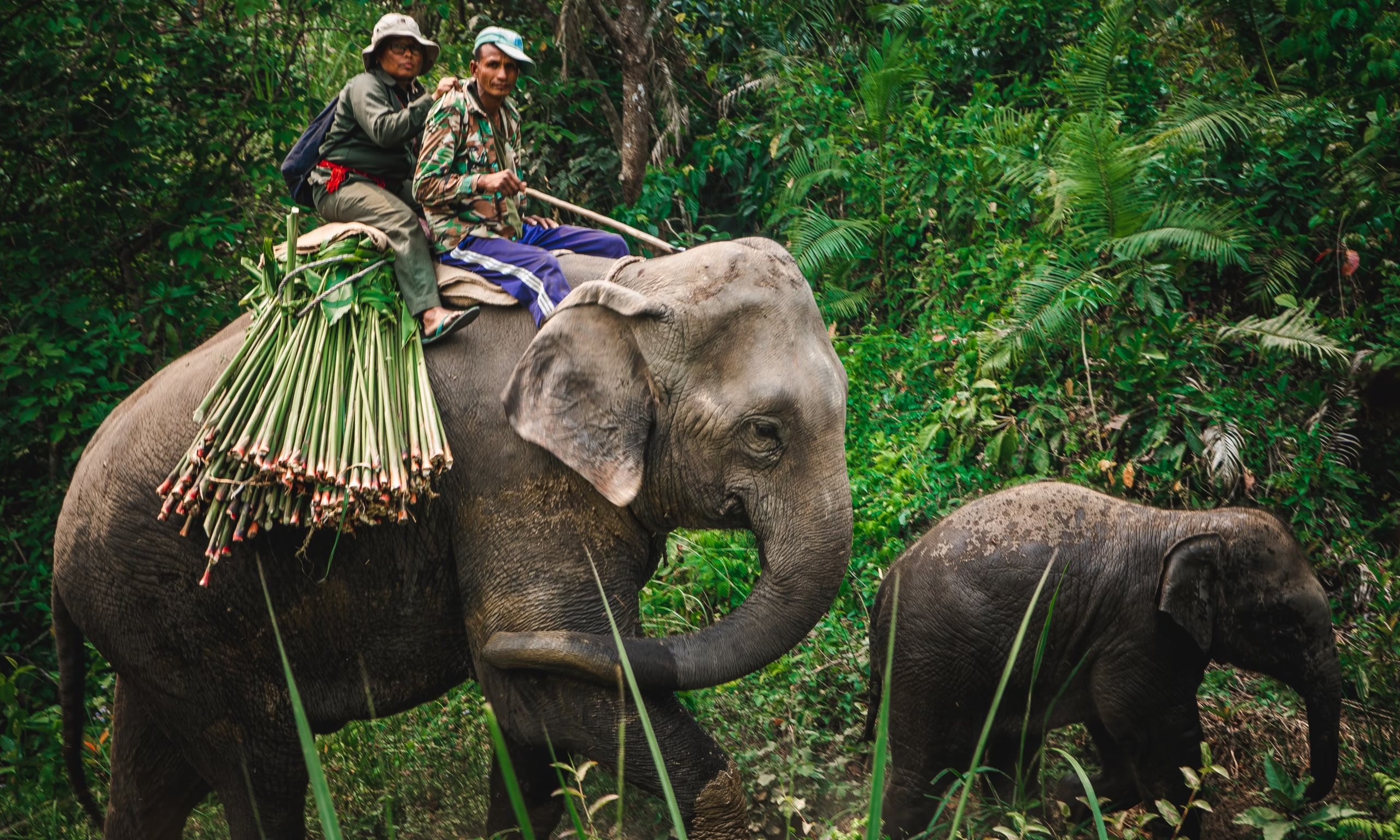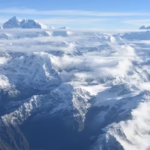Nepal is known for its towering Himalayan peaks, but its rich biodiversity and dense jungles are just as breathtaking as the mountains. Beyond the trails of the Annapurna and Everest regions lies a completely different kind of adventure—a jungle safari. In the heart of the lowland Terai region, Nepal’s national parks offer a sanctuary for wildlife enthusiasts and adventure seekers alike, providing an unforgettable opportunity to witness exotic animals and pristine wilderness.
From the lush forests of Chitwan National Park to the vast wetlands of Bardia, here’s everything you need to know about embarking on a jungle safari in Nepal and why it’s a must-do on your next adventure.
1. Discover Nepal’s Diverse Wildlife
One of the biggest draws of a jungle safari in Nepal is the chance to spot some of the most remarkable wildlife in Asia. Nepal’s national parks are home to a wide array of species, including some that are critically endangered. Among the most sought-after sightings are the elusive Royal Bengal tiger, the one-horned rhinoceros, and the Asian elephant. You might also spot leopards, sloth bears, wild boars, and deer, as well as hundreds of species of birds and reptiles.
For bird lovers, Nepal’s jungles are a paradise, with colorful species like the Himalayan hornbill, peacocks, parakeets, and many more. The national parks offer a unique opportunity to see wildlife thriving in their natural habitat, and every safari offers something new and exciting.
Wildlife highlights:
- Royal Bengal tiger
- One-horned rhinoceros
- Asian elephant
- Leopards
- Sloth bears
- Hundreds of bird species
2. Explore Nepal’s Best National Parks
Nepal is home to several national parks where jungle safaris are offered, each with its own unique landscapes and wildlife. Two of the most popular parks for safaris are Chitwan National Park and Bardia National Park, both offering exceptional opportunities to connect with nature.
Chitwan National Park
Located in south-central Nepal, Chitwan National Park is the most famous destination for jungle safaris. Designated as a UNESCO World Heritage Site, Chitwan is renowned for its rich ecosystem and is home to more than 700 species of wildlife. The park’s floodplains, forests, and grasslands create the perfect environment for spotting rhinos, tigers, elephants, and many other animals. Chitwan is also known for its cultural experiences with the indigenous Tharu people, adding a cultural dimension to your wildlife adventure.
Key Activities:
- Jeep safari
- Canoeing along the Rapti River
- Bird watching
- Visit to elephant breeding centers
- Cultural experiences with the Tharu community
Bardia National Park
For those seeking a more off-the-beaten-path experience, Bardia National Park in western Nepal is a hidden gem. With fewer visitors than Chitwan, Bardia offers a more serene and secluded safari experience, making it one of the best places to spot the Royal Bengal tiger. This park is less commercialized, and the untouched wilderness creates a feeling of being deep within the jungle. Bardia’s dense forests and wide grasslands are also home to wild elephants, rhinos, crocodiles, and an array of birds.
Key Activities:
- Jeep safari and walking safaris
- Rafting on the Karnali River
- Tiger tracking
- Exploring remote villages and cultural interaction.
3. Different Types of Jungle Safari Experiences
Jungle safaris in Nepal offer a variety of ways to explore the wilderness, each providing a unique perspective on the wildlife and landscape. Depending on your preferences, you can choose from the following safari options:
Jeep Safari
One of the most popular ways to explore Nepal’s jungles is by jeep safari. These open vehicles allow you to cover larger areas of the national parks, increasing your chances of spotting wildlife. Guided by experienced naturalists, a jeep safari takes you deep into the jungle while providing a safe and comfortable way to witness the animals.
Canoe Safari
In Chitwan National Park, a canoe ride along the Rapti River is a serene and peaceful way to observe the wildlife that inhabits the park’s riverside areas. As you glide through the water, you may spot gharial crocodiles, marsh mugger crocodiles, and a variety of bird species. Canoe safaris offer an entirely different perspective of the jungle’s ecosystem.
Walking Safari
For the adventurous, walking safaris offer a more intimate and thrilling way to explore the jungle. Accompanied by an expert guide, you’ll walk through dense forest trails, listening to the sounds of the jungle while tracking wildlife on foot. This method requires patience and a keen eye but allows you to truly immerse yourself in nature.
Elephant Safari
Although traditional in many parts of Nepal, elephant safaris have become controversial due to concerns about the treatment of elephants in captivity. Some parks are phasing out elephant safaris in favor of more ethical wildlife-viewing experiences. Wonderful Nepal is committed to promoting responsible and sustainable tourism, so we encourage travelers to choose other methods, such as jeep and walking safaris, to explore the jungles without harm to wildlife.
4. Cultural Encounters with Indigenous Communities
Beyond the wildlife, a jungle safari in Nepal offers the opportunity to engage with the local communities that call the jungle home. In Chitwan, the Tharu people have lived in harmony with the jungle for centuries, and you can learn about their unique culture through village tours, traditional dance performances, and visits to Tharu museums. In Bardia, the rural communities are equally welcoming, offering insight into their way of life through cultural interactions.
Why it matters: By engaging with local communities, you gain a deeper understanding of Nepal’s cultural diversity and contribute to sustainable tourism that benefits the people of the region.
5. Best Time for a Jungle Safari in Nepal
The best time to embark on a jungle safari in Nepal is during the dry season, from October to April. During this time, the weather is pleasant, and the wildlife is more visible due to the reduced foliage and animals congregating around water sources. The monsoon season (June to September) brings heavy rainfall, making the parks less accessible and the trails muddy.
For birdwatching enthusiasts, the winter months (December to February) are ideal, as migratory birds flock to the wetlands and rivers.
6. Tips for a Successful Jungle Safari
- Dress appropriately: Wear neutral-colored clothing that blends in with the natural environment.
- Bring binoculars: Wildlife is often spotted at a distance, and binoculars will enhance your viewing experience.
- Stay quiet: Keep noise to a minimum to avoid scaring the animals.
- Follow the guide’s instructions: Safety is paramount, so always listen to your guide’s advice during the safari.
Conclusion
A jungle safari in Nepal offers an exhilarating escape into the wild, showcasing a side of the country that is vastly different from the mountainous landscapes most travelers associate with Nepal. Whether you’re spotting tigers in Bardia or rhinos in Chitwan, the experience of trekking through the jungle, encountering wildlife, and learning about the local culture is a truly unforgettable adventure.
So, if you’re ready to trade the mountain trails for the untamed wilderness, a jungle safari with Wonderful Nepal is the perfect way to experience the beauty and diversity of Nepal’s national parks. Embark on a journey into the heart of the wild, where adventure awaits at every turn!



